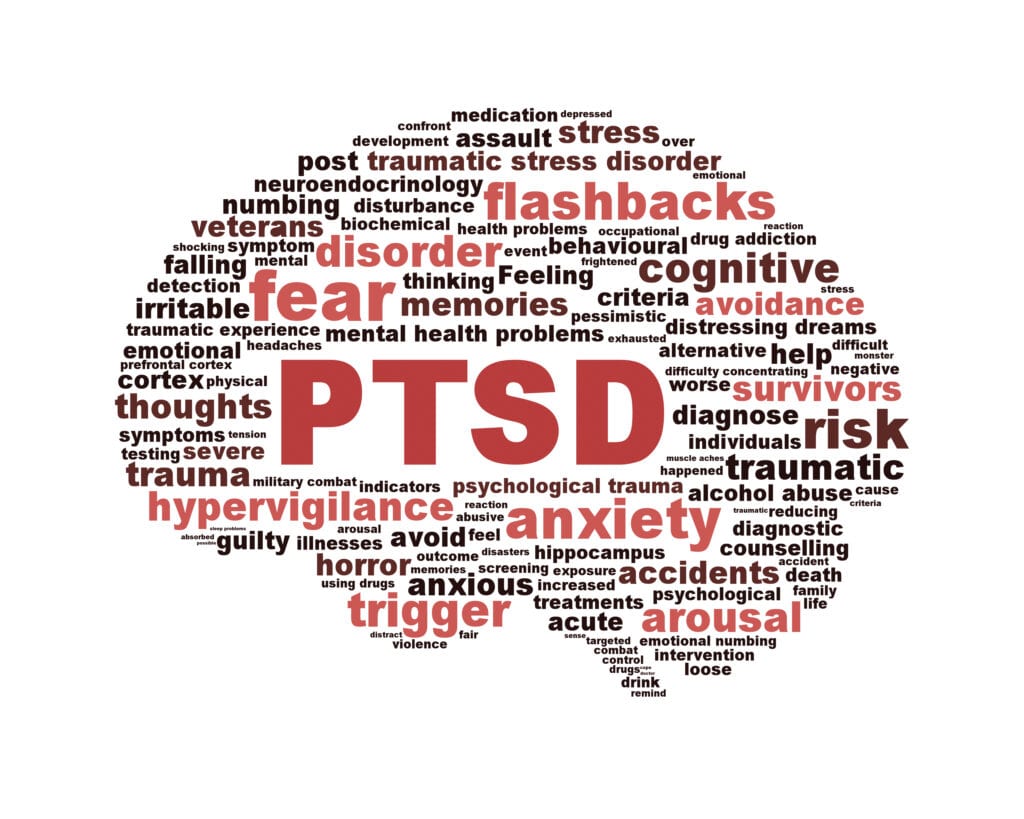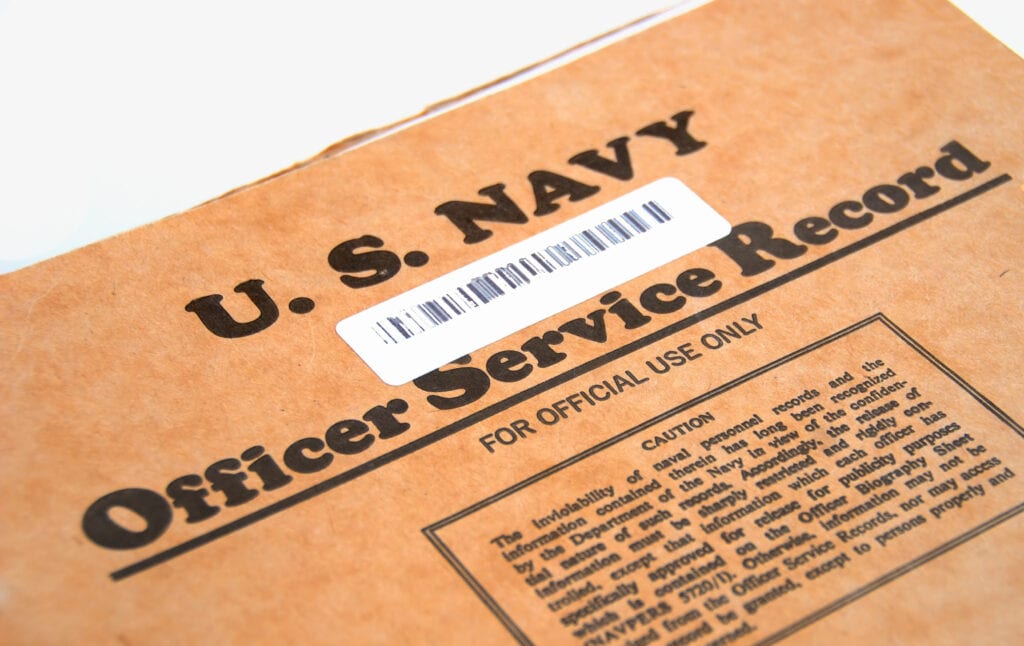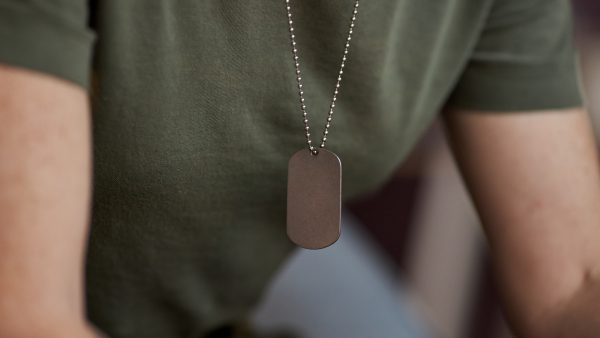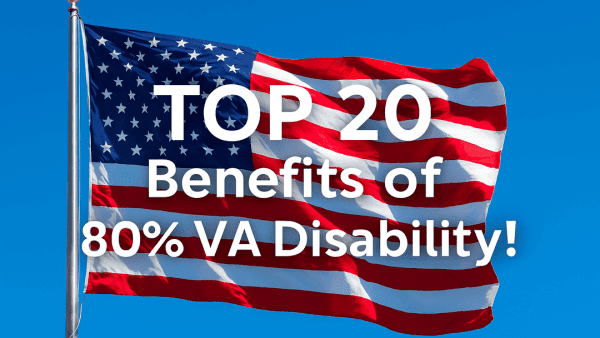Looking for Expert-Level VA Claim Answers?📱Call Us Now! 737-295-2226
Recently at VA Claims Insider we’ve seen a string of non combat PTSD stressor denials because the veteran “failed to corroborate that the veteran was actually present and witnessed the non combat PTSD event.”
For example, a Navy veteran had (1) A medical diagnosis of PTSD and was seeking treatment, (2) A personal statement (lay statement) in support of the PTSD claim, (3) A newspaper article about the hurricane event to confirm the stressor event, and (4) A “Buddy Letter” explaining that the event did in fact occur.
At first glance, it might seem like this should have been a slam dunk case for non combat PTSD.
Not so fast.
The veteran didn’t even get a Compensation and Pension (C&P) exam and the VA denied the claim.
Why?
Because the veteran “failed to corroborate that the veteran was actually present or witnessed the non combat PTSD event.”
Whammy.
Here’s the deal Veterans!
In ALL PTSD Claims, you must be able to verify your stressor event.
In this post, I’ll explain HOW.
You might also like the following Blog posts about VA claims for PTSD:
- 6 Tips to the VA PTSD Rating Scale Explained
- How to File a VA Claim for PTSD MST
- PTSD VA Rating Statistics: The Insider’s Guide
- How to Increase Your VA Rating for PTSD
- How to Corroborate a Non Combat PTSD Stressor
- What is Primary Evidence for a PTSD Stressor?
- What is Secondary Evidence for a PTSD Non Combat Claim?
- Can I submit my personal statement alone to verify a PTSD stressor event?
- What is Credible Supporting Evidence for a VA PTSD Stressor?
- Need Help? Join VA Claims Insider Elite Now!
- About the Author
How to Corroborate a Non Combat PTSD Stressor

In ALL non combat PTSD situations you MUST have a buddy letter from a first-hand witness who can corroborate (aka, verify and validate) that YOU were physically present and that you witnessed the stressor event occur.
In this example, the buddy letter did neither. It did not confirm that the veteran was physically present and witnessed the stressor event occur (the hurricane).
Okay, so what evidence will the VA consider when looking at your PTSD non combat claim to verify the stressor?
It’s NOT enough to simply confirm that the event occurred … you must confirm you were there and witnessed the event by a preponderance of the evidence (50% or greater), which in VA speak means “at least as likely as not.”
The first evidence source is something called “Primary Evidence.”
What is Primary Evidence for a PTSD Stressor?
Primary evidence is generally considered the most reliable source for corroborating in-service stressors and should be carefully reviewed when corroboration is required. It is typically obtained from the National Archives and Records Administration (NARA) or Department of Defense (DoD) entities, such as service departments, the JSRRC, and the Marine Corps Archives and Special Collections (MCASC).

Primary evidence includes:
- Service personnel records and pay records
- Military occupation evidence
- Hazard pay records
- Military performance reports
- Verification that the Veteran received Combat/Imminent Danger/Hostile Fire Pay
- Unit and organizational histories
- Daily staff journals
- Operational reports-lessons learned (ORLLs)
- After action reports (AARs)
- Radio logs, deck logs, and ship histories
- Muster rolls
- Command chronologies and war diaries, and
- Monthly summaries and morning reports.
What is Secondary Evidence for a PTSD Non Combat Claim?
The second evidence source is something called “Secondary Evidence.”
The VA must review the following Secondary Evidence sources critically and carefully for information confirming participation in combat or to otherwise corroborate a claimed in-service stressor when corroboration is required:
- Buddy statements
- Contemporaneous letters and diaries
- Newspaper archives
This next section is CRITICALLY important to remember:
The VA may accept a “Buddy Statement” from a fellow Veteran as corroboration of a claimed in-service stressor if the statement is consistent with the time, place, and circumstances of the service of both the Veteran and the fellow Veteran making the buddy statement.
If you can’t get at least one-buddy letter from a first-hand witness who can confirm these facts, you’ll almost certainly be denied service-connection for PTSD non-combat.
Can I submit my personal statement alone to verify a PTSD stressor event?
A Veteran’s lay testimony (e.g., your personal statement) alone may, under specified circumstances, establish an in-service stressor for purposes of establishing SC for PTSD if:
- PTSD is diagnosed in service, and the stressor is related to that service, or
- The stressor is related to the Veteran’s
- Engagement in combat with the enemy
- Experience as an FPOW as defined by 38 CFR 3.1(y), or
- Fear of hostile military or terrorist activity or duties as a drone aircraft crew member, if a VA psychiatrist or psychologist, or contract equivalent, confirms the
- claimed stressor is adequate to support a diagnosis of PTSD, and
- Veteran’s symptoms are related to the claimed stressor.
- For the Veteran’s lay testimony alone to establish the occurrence of a claimed stressor,
- The stressor must be consistent with the
- Circumstances, conditions, or hardships of service for claims based on an in-service PTSD diagnosis or FPOW or combat service, or
- Places, types, and circumstances of service for claims based on a fear of hostile military or terrorist activity or duties as a drone aircraft crew member, and
- There must be no clear and convincing evidence to the contrary.
- The stressor must be consistent with the
What is Credible Supporting Evidence for a VA PTSD Stressor?
Credible supporting evidence is evidence that
- Documents the Veteran’s participation in the event
- Indicates the Veteran served in the immediate area and at the particular time in which the stressful event is alleged to have occurred, and
- Supports the description of the event.
Credible supporting evidence of a stressor may be obtained from sources other than service records. When reviewing evidence to corroborate a claimed in-service stressor, claims processors must consider the credibility and probative value of the evidence to determine if the stressor is consistent with the circumstances of the Veteran’s service.
Examples of claimed stressors that must be corroborated by credible supporting evidence include, but are not limited to,
- A plane crash
- A severe weather event
- A motor vehicle accident
- Witnessing the death, injury, or threat to the physical being of another person caused by something other than hostile military or terrorist activity, and
- Actual or threatened death or serious injury, or other threat to one’s physical being, caused by something other than hostile military or terrorist activity.
Corroboration of every detail is NOT required.
- Evidence may be sufficient if it implies a Veteran’s personal exposure to the event.
- Evaluate the evidence as a whole to determine whether a stressor is sufficiently corroborated.
Important: While it is incumbent upon each claims processor to review evidence to determine if a claimed in-service stressor can be conceded, stressor concession is ultimately the rating activity’s responsibility.
Need Help? Join VA Claims Insider Elite Now!
Hi Veterans, do you need more medical evidence to service-connect and get rated at the appropriate level in support of your PTSD non-combat claim?
Join VA Claims Insider Elite and get expert Strategy, Education, and Medical Evidence to support your VA disability compensation claim.
Want to listen to the VA Claims Insider Podcast? Click HERE now.
Are you STUCK, FRUSTRATED and UNDERRATED?
You are not alone! We are Veterans helping Veterans!
Become an Elite Member and work with our Veteran Coaches to get the rating you deserve!
About the Author

Brian Reese
Brian Reese is a world-renowned VA disability benefits expert and the #1 bestselling author of VA Claim Secrets and You Deserve It. Motivated by his own frustration with the VA claim process, Brian founded VA Claims Insider to help disabled veterans secure their VA disability compensation faster, regardless of their past struggles with the VA. Since 2013, he has positively impacted the lives of over 10 million military, veterans, and their families.
A former active-duty Air Force officer, Brian has extensive experience leading diverse teams in challenging international environments, including a combat tour in Afghanistan in 2011 supporting Operation ENDURING FREEDOM.
Brian is a Distinguished Graduate of Management from the United States Air Force Academy and earned his MBA from Oklahoma State University’s Spears School of Business, where he was a National Honor Scholar, ranking in the top 1% of his class.




